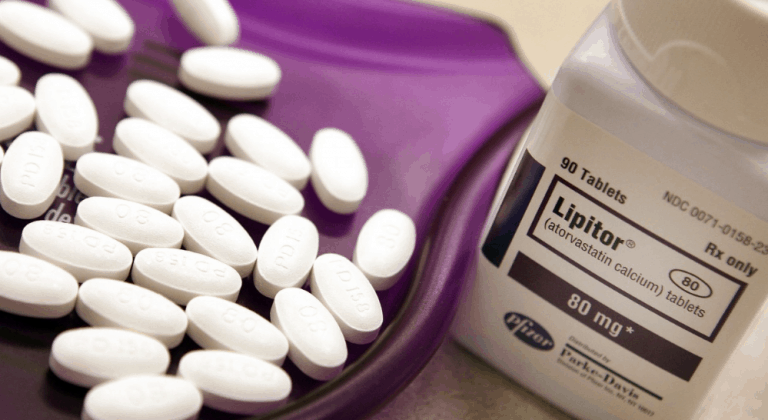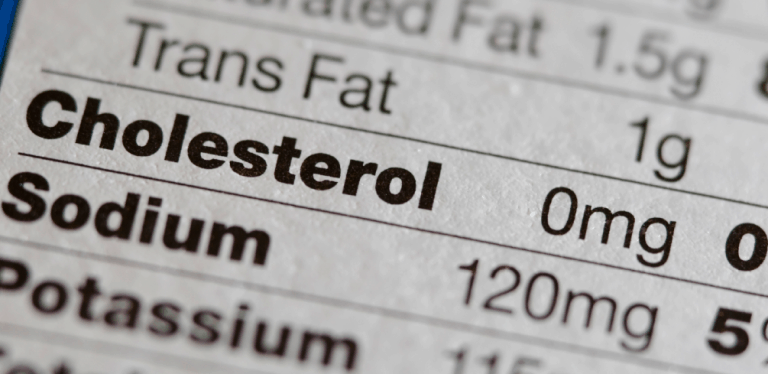The most basic treatment for prostate cancer is active surveillance, or watchful waiting, which, unlike other treatments for prostate cancer you may read about, does not involve taking any type of substance or undergoing a medical procedure. Active surveillance means you keep an eye on your situation, typically by returning to your doctor regularly for examinations to make sure the disease has not progressed or reached a stage where additional treatment is needed.
Watchful waiting is typically reserved for older men who have non-aggressive cancers. The theory behind this approach is that older men with less aggressive prostate cancer will likely die of other causes before the cancer itself become life-threatening, so there is no need to take aggressive action.
However, as noted by Dr. Peter Carroll, co-director of Urologic Center at the University of California San Francisco Medical Center, younger men who have small, low-grade tumors can be put on active surveillance as well.
Although their slow-growing tumors may eventually need treatment, younger men often prefer to delay treatment so they can avoid side effects as long as possible and also so they can complete their families or other important life events. [1]
The following questions are offered to help you make your decision and to understand the possible and probable effects of choosing active surveillance/watchful waiting.
- Given my age, preferences, stage and grade of cancer, and overall health, is active surveillance/watchful waiting the best treatment for me? [2]
- Can I decide to pursue more aggressive treatment?
- What type of signs and symptoms should I look for that would indicate my prostate cancer status is changing?
- How often will I need to be examined? [3]
- What is involved during the examinations?
- What factors do you look for that indicate my prostate cancer status has changed?
- How long do men typically remain on active surveillance? [4]
- What dietary steps should I take to improve my prostate health while on active surveillance?
- What type of exercise should I do to improve my prostate health while on active surveillance?
- What other lifestyle changes can I make to improve my prostate health while on active surveillance?
- Should I take nutritional and herbal remedies while on active surveillance?
- Are there dangers associated with active surveillance?
- What are the advantages of active surveillance? [5]
- What are my chances of developing urinary incontinence, or of urinary incontinence worsening, while on active surveillance?
- What are my chances of developing erectile dysfunction, or of sexual functioning worsening, while on active surveillance?
[2] According to the National Comprehensive Cancer Network (NCCN) guidelines on active surveillance, clinicians are urged to offer active surveillance to men whose prostate cancer is at low risk of progressing to life-threatening disease. “Low risk” is defined as expected survival of less than 10 years, tumor stage T1 to T2a, Gleason score of 2 to 6, and a PSA levels less than 10 ng/mL. Source: National Cancer Institute
[3] Your doctor will determine how often you should be re-examined. According to the NCCN guidelines, men at low risk should see their doctor for a PSA as often as every 6 months and a digital rectal exam as often as every 12 months. Source: National Cancer Institute
[4] How long a man stays on active surveillance is highly individual. However, the new NCCN guidelines established a new category called very low-risk prostate cancer. Men who fit into this category should be offered active surveillance as the only treatment option, according to the guidelines. Criteria for the very low-risk category include expected survival of up to 20 years, tumor stage T1-T2a, Gleason score of 6 or less, PSA level of less than 10 ng/mL, and less than 3 positive biopsy samples with 50 percent or less cancer in each sample. Source: National Cancer Institute
[5] The advantages of active surveillance will differ for each man. However, a recent study (December 2010) published in the Journal of the American Medical Association on the impact of treatment options for prostate cancer found that active surveillance was associated with better quality of life than other treatment options. Source: Hayes JH et al. Active surveillance compared with initial treatment for men with low-risk prostate cancer: a decision analysis. JAMA 2010 Dec 1; 304(21): 2373-80







